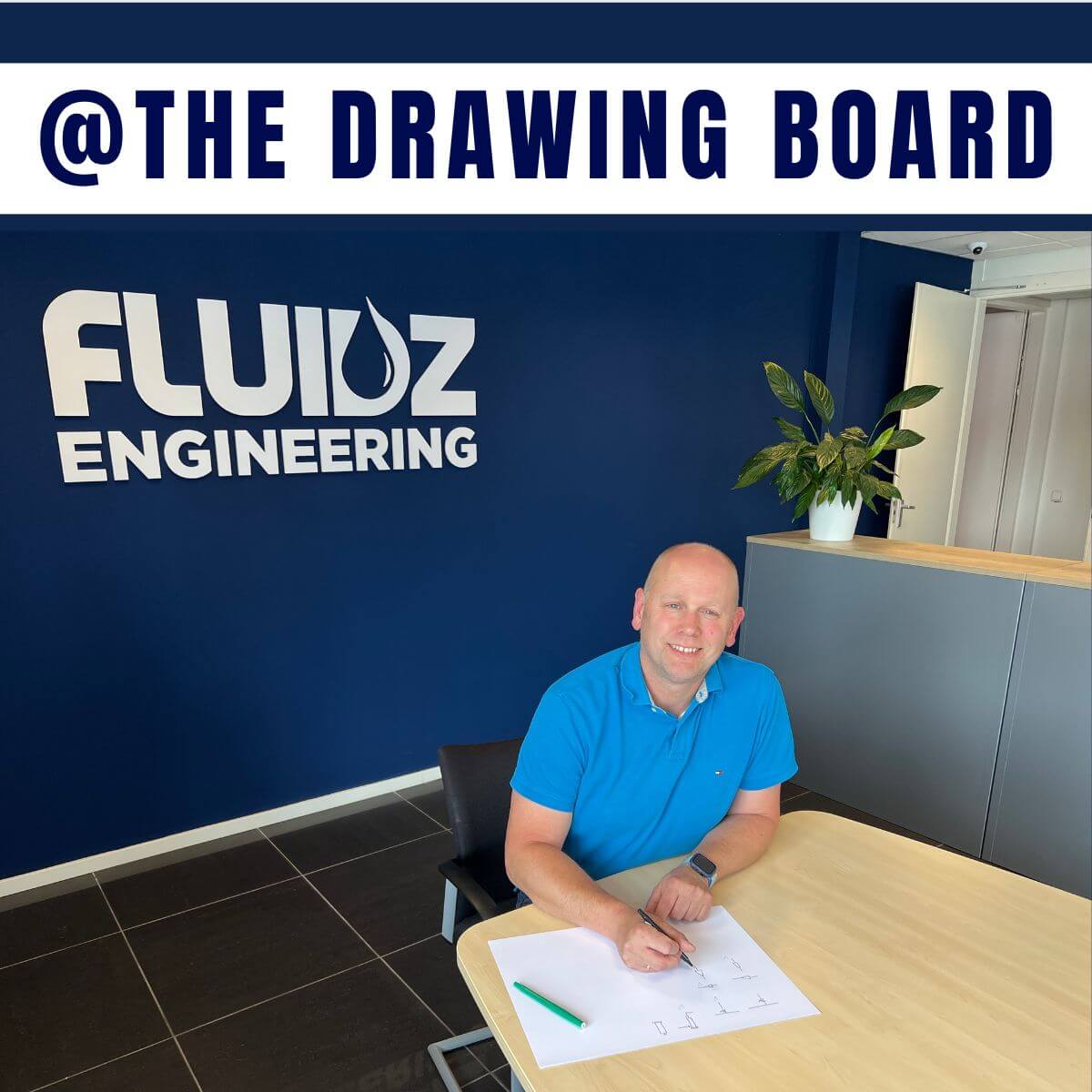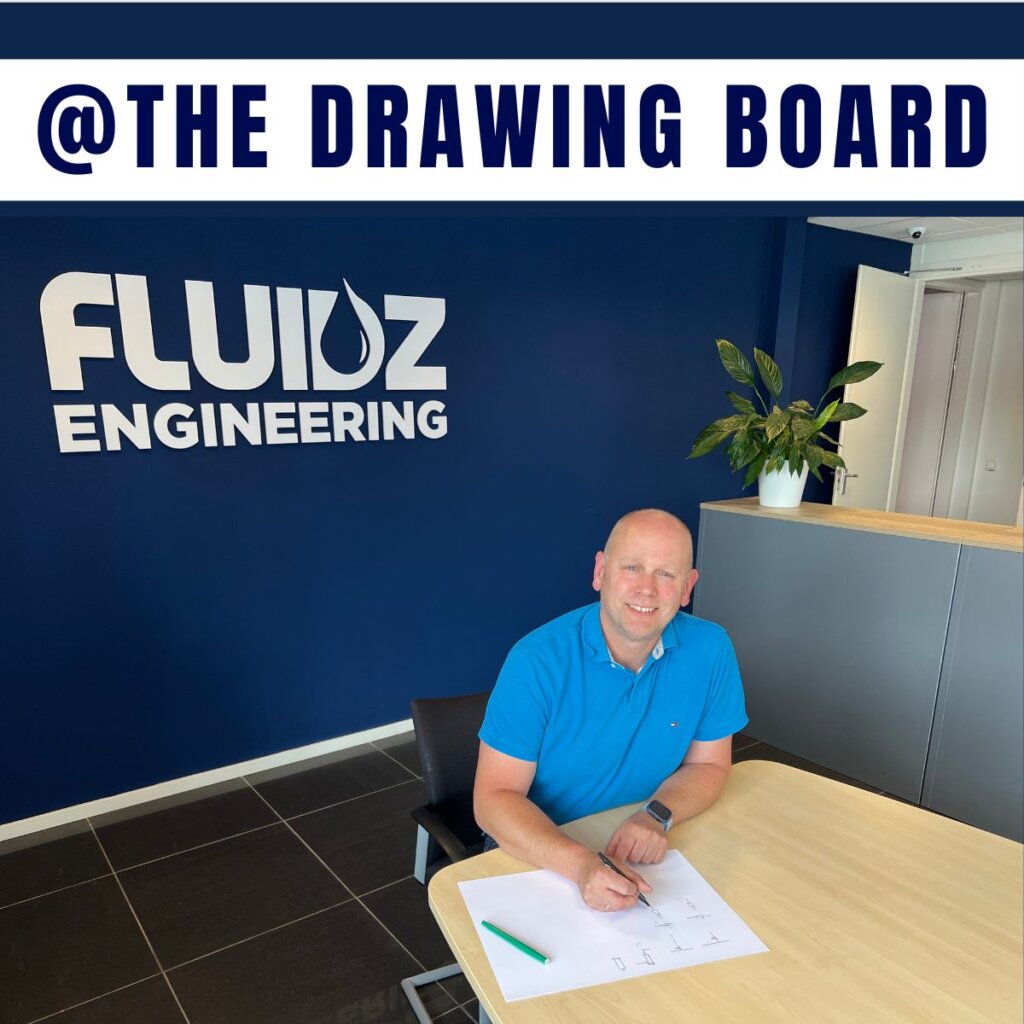
Optimal CIP cleaning
11 August 2025
The 7 essentieal conditions for optimal CIP cleaning.
Of course, perfect cleaning starts with a suitable CIP set.
But even with the perfect unit, you don’t automatically achieve perfect cleaning.
First, your design must meet the following 7 conditions to achieve effective cleaning:
1. Use EHEDG- or GMP-certified components.
Only these components have been tested for hygiene.
2. Avoid dead spots and stagnation in pipes.
During CIP, everything must flow smoothly. Dead spots won’t be cleaned.
3. The simpler, the cleaner.
A simple design without branches minimizes the risk of contamination.
If a branch is necessary, ensure it is no larger than 1.5 times the diameter. This allows the CIP flow to do its job.
4. Match the CIP capacity to the largest pipe diameter.
The CIP flow needs speed to clean. But also keep an eye on the pressure drop in the narrower pipes!
5. Ensure that the pipework is fully drainable.
Where it is not dry, the risk of recontamination is high.
6. Weld according to EHEDG and GMP guidelines.
These guidelines describe the requirements for welds in the pharmaceutical and food industries.
7. Always validate cleaning.
Visually clean ís not clean. Therefore, validate with swaps and analyze the drain water.
Next week we’ll delve deeper into the hygienic design and start with the 10 basic ingredients for optimal CIP cleaning.
Dominique is already drawing!

